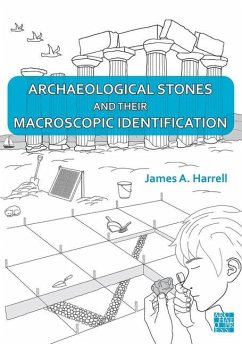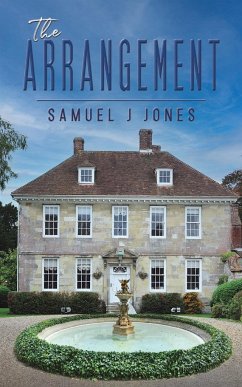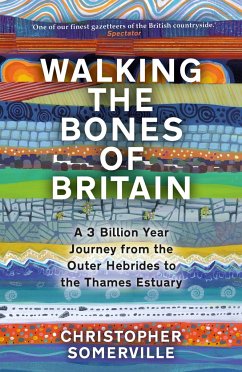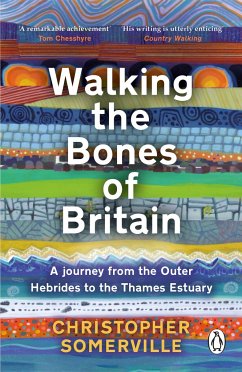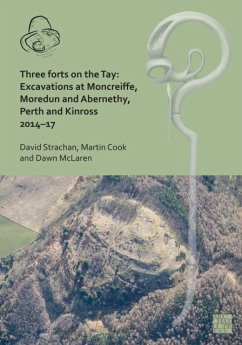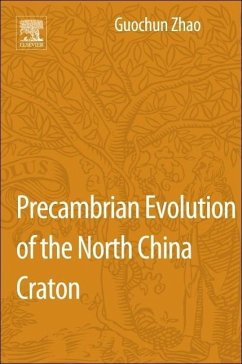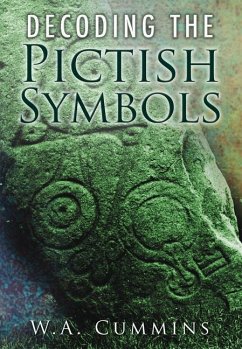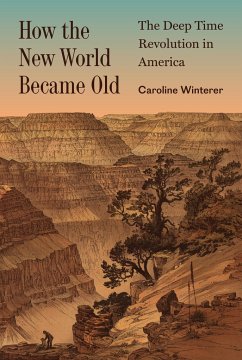Nicht lieferbar
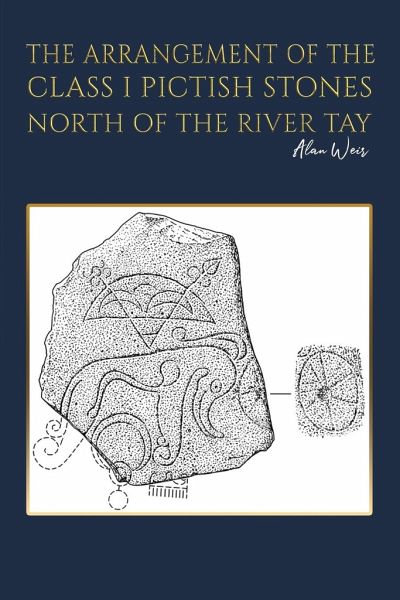
The Arrangement of the Class I Pictish Stones North of the River Tay
Versandkostenfrei!
Nicht lieferbar
The 50 or so mysterious Pictish symbols and the stones displaying them have become central to all discussion of the Picts. Generations of scholars have sought to interpret the symbols with little agreement. This book takes an indirect approach to the situation. The present layout of Class I stones hints at an arrangement in chains in which adjacent stones in a chain are linked by a common symbol. This is investigated and the chains identified. Between the River Tay and the Dornoch Firth, virtually all stones belong to a chain and the chains seem to be practically complete. The chains appear to...
The 50 or so mysterious Pictish symbols and the stones displaying them have become central to all discussion of the Picts. Generations of scholars have sought to interpret the symbols with little agreement. This book takes an indirect approach to the situation. The present layout of Class I stones hints at an arrangement in chains in which adjacent stones in a chain are linked by a common symbol. This is investigated and the chains identified. Between the River Tay and the Dornoch Firth, virtually all stones belong to a chain and the chains seem to be practically complete. The chains appear to have superseded stones created and positioned independently. The stone pattern is more complicated than isolated chains of stones and special junction stones are used to register the crossing of two or more chains. Auxiliary stones are also identified, which give information about a chain or chains. The identification of the chains and the conventions used in junction and auxiliary stones permit the meaning of more than 20 symbols to be understood as they are used in the chains. These are not suggested to be the original meanings of the symbols but they provide hints to assist in assessing what the original meaning of some symbols might be. This particularly applies to significant symbols called crescent and V rod, Pictish beast, and Z rod. The purpose of the chains can only be hinted at here but Pictish scholarship will soon clarify this.





